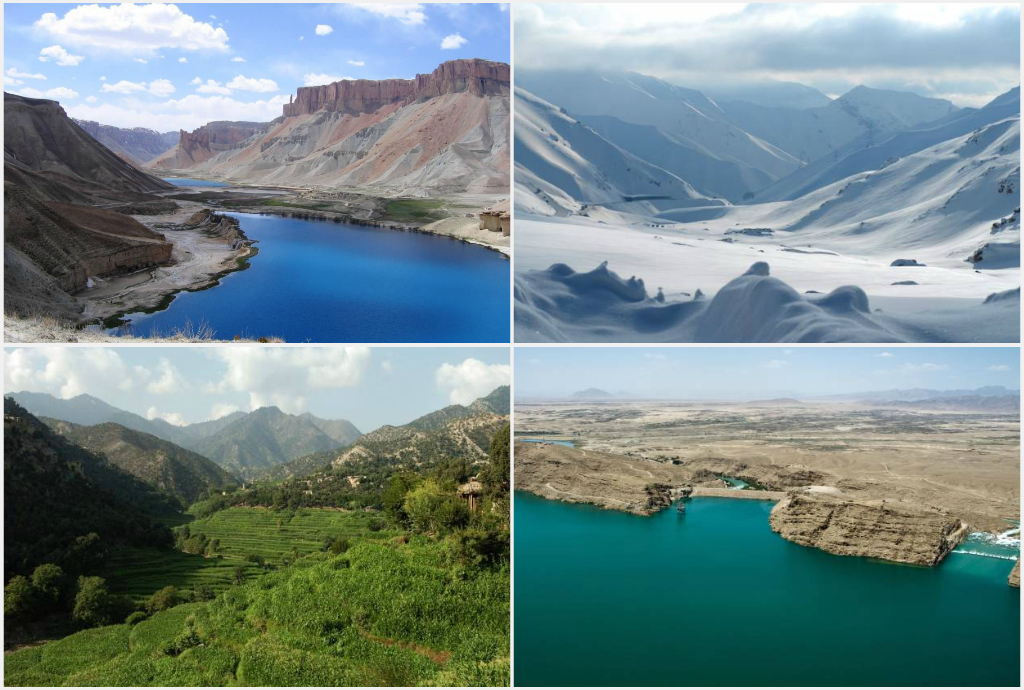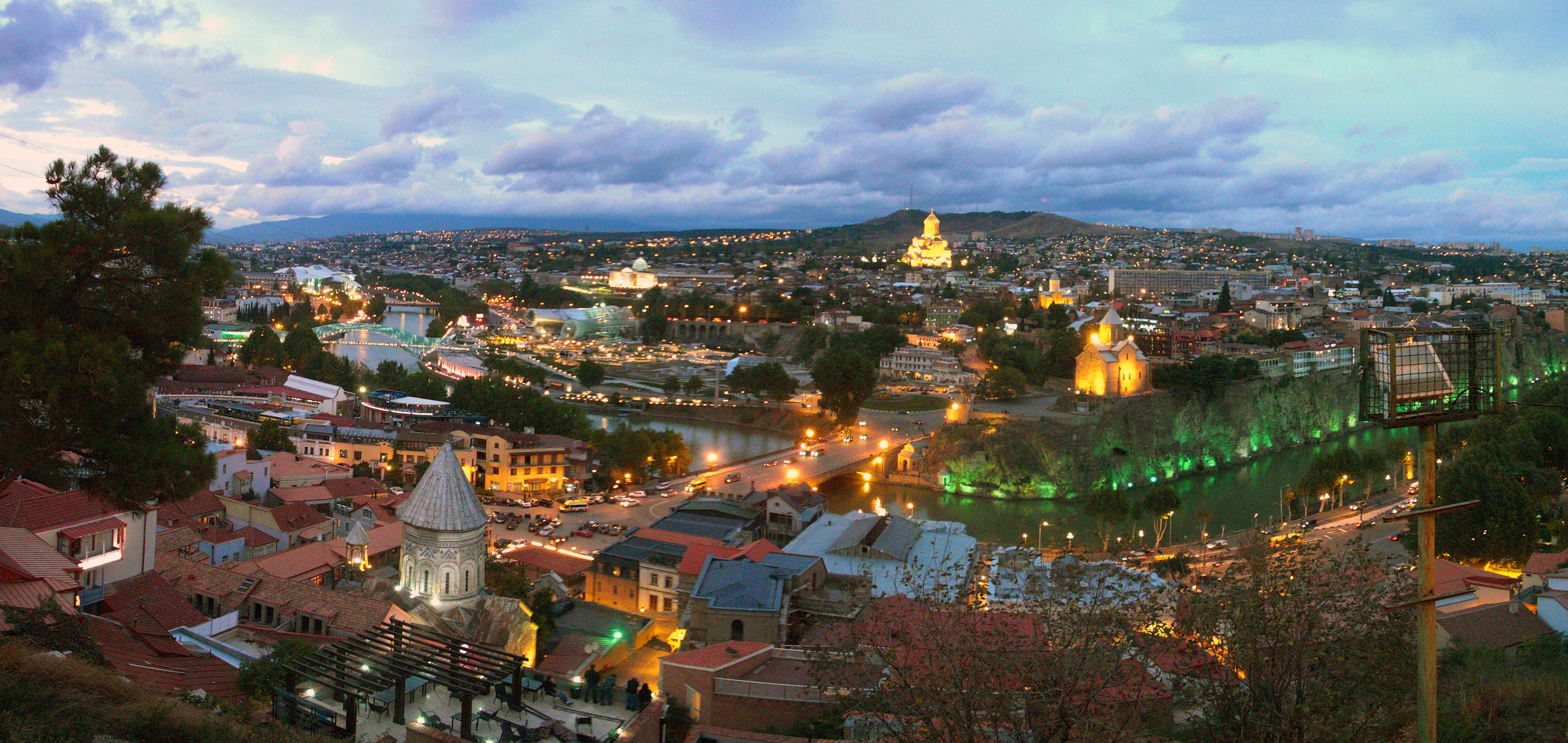TBI Blogs: Tracing the History of the Thriving Sikh Community in Afghanistan and Georgia
The first Sikhs in Afghanistan can be traced back to the 15th Century, while the Sikh community in Georgia is fairly more recent.

The first Sikhs in Afghanistan can be traced back to the 15th Century, while the Sikh community in Georgia is fairly more recent.
Sikhism is a monotheistic religion that was founded in North India in the 15th century. There are around 25-28 million adherents of the religion worldwide and it is believed to be the 9th largest religion in the world.
Fundamental beliefs of this relatively new religion include equality of all humankind, social justice for all, selfless service and honest conduct; these edicts are laid out in the spiritual text of the faith, Guru Granth Sahib.
While Punjab and Haryana are home to the largest Sikh populations in India, the community is also known for their migration throughout the world. The first documented global migration took place in the 19th century, with a large number of Sikhs migrating to Canada. One can also find Sikh communities in Africa, United Kingdom and South East Asia, among other countries, that have come about due to an initial demand for labour in those markets.
This piece, however, looks at two unusual and little known areas of the world that Sikhs have migrated to – Afghanistan and Georgia (the former Soviet Republic).
Sikhs in Afghanistan

Photo Source: Wikipedia
According to history, the first Sikhs are those Afghans who, after hearing Guru Nanak when he visited Kabul in the 15th century, began to practice the faith. The numbers increased when Sikhs later made their way to the landlocked Central Asian country for trade, and sustained their relationship with the mountainous country through military operations by the British.
Now numbering around 8000 members, the Sikh population was, at one point of time, estimated to be 50,000 strong.
Primarily located in the Afghan cities of Jalalabad, Kabul and Kandahar, these Sikhs consider themselves Afghan nationals.

Photo source: Wikipedia
Their language of choice is mainly Pashto, with Hindi and Punjabi being spoken as supplementary languages.
While Islam is the state religion of Afghanistan, the country’s constitution does recognize the rights of minority religions such as Sikhism. However, recent evidence suggests that such recognition is in name only. Reports state that Sikhs are often singled out as targets for assault, due to their distinctive physical appearance with their turban, metal bangle and curved sword. The practice of the cremation of the dead has also made them vulnerable to the ire of the local Islamic community that considers cremation of the dead sacrilege.
Most Sikhs left Afghanistan during the time of the Afghan Civil war in 1989-1996, with another significant migration taking place during the Taliban rule from 1996-2001. While the Taliban officially recognized the community, they made it mandatory for Sikhs to wear yellow patches on their breast pocket or armbands, and to fly yellow flags on their homes or businesses to identify themselves. Much of their property has been subject to illegal land grabs, worsening their economic situation.
Many Sikhs believe that post the civil war and the Taliban rule, the local community has become increasingly prejudiced against them; something that was not the case prior. Despite the Karzai government stopping illegal seizures of land; the recovery of land has been difficult.

Photo source: Wikipedia
Continuing circumstances of this kind have resulted in waves of exodus of the community, either to India or to other parts of the world.
Despite many hardships, for many of the remaining Sikhs, Afghanistan is a part of their identity. They have lived for generations in this war-torn country; it is a part of them and they are determined to continue the Sikh legacy in this land.
An interesting feature of how culture impacts the experience of a community can be seen through the lens of food – pakoras served at langar (the free vegetarian food that is available in the Gurudwara in Kabul, for visitors) are similar to those you find in India.
Photo source: Wikipedia
Although they are made with the same ingredients as the Indian pakoras, there is also a distinct Afghan touch – the batter has pomegranate seeds.
Sikhs in Georgia
Georgia, a former state in the Soviet Union, is located at the point where Western Asia and Eastern Europe meet. It is surrounded by the Black Sea in the west and Russia in the north. Its southern neighbors, Turkey and Armenia, occupy a prominent part of global culture and history.

Photo source: Wikipedia
A democracy now; post the dissolution of the Soviet Union, Georgia underwent a severe economic crisis in the 90s. However, the focus of this article is not on its economic travails after its split from the Soviet Union, but on its open door migration policy that, interestingly enough, established a connection with India.
On the heels of its 2003 Rose Revolution, wherein a corrupt regime was overthrown, Georgian leaders decided to accelerate economic development. One of the means they adopted to do this was to reduce red tape and make it easier for foreigners to come to Georgia and establish businesses there. Foreigners did come, including those from India – Indian farmers to be specific – in line with the government’s goal of becoming self-sufficient in food.
Estimates peg the number of Indian farmers in Georgia at around 2000, just before the government put a hold on the sale of agricultural land to foreigners in 2014.
A majority of the farmers that immigrated to Georgia are from Punjab and many of them are Sikhs. For them, the lack of red tape represented an opportunity but the cheap land prices was the clincher. Many of them state that the availability of land at such affordable prices is a phenomenon that is not possible in India.
They have praised the quality of the Georgian soil and climate, saying that it lends itself well to the tilling of good crops. The soil is pesticide-free, unlike Indian soil that is facing fertility issues due to the overuse of pesticides.

Photo source: Wikipedia
However, all is not is as rosy as it appears, with some reports of incidents of resentment against the Sikhs by Georgians.
However, with the wave of immigrants coming in from Punjab, the intrinsic trait of Indian entrepreneurship has found expression. Canteens and hotels were set up to help the new farmers acclimatize themselves to the new conditions, by offering Indian food and a familiar Indian experience in a new land.
A Sikh famer, having tasted prosperity in Georgia, donated land for the building of a Gurudwara in Tbilisi (the capital of Georgia) with the hope that this would help alleviate homesickness and build a feeling of community and togetherness.

Photo source: Wikipedia
As the years progress, Asia is witnessing the birth of a relationship with Sikhs in some areas, and a gradual end in yet some other areas. Through it all, it would seem, that the longing for the Indian land, still remains.
Diaspora Diaries would like people to share experiences on any aspect of Indian culture that has come about due to the migration of communities. You can mail us at [email protected]
Like this story? Or have something to share? Write to us: [email protected], or connect with us on Facebook and Twitter.
NEW: Click here to get positive news on Whatsapp!
If you found our stories insightful, informative, or even just enjoyable, we invite you to consider making a voluntary payment to support the work we do at The Better India. Your contribution helps us continue producing quality content that educates, inspires, and drives positive change.
Choose one of the payment options below for your contribution-
By paying for the stories you value, you directly contribute to sustaining our efforts focused on making a difference in the world. Together, let's ensure that impactful stories continue to be told and shared, enriching lives and communities alike.
Thank you for your support. Here are some frequently asked questions you might find helpful to know why you are contributing?


This story made me
-
97
-
121
-
89
-
167














